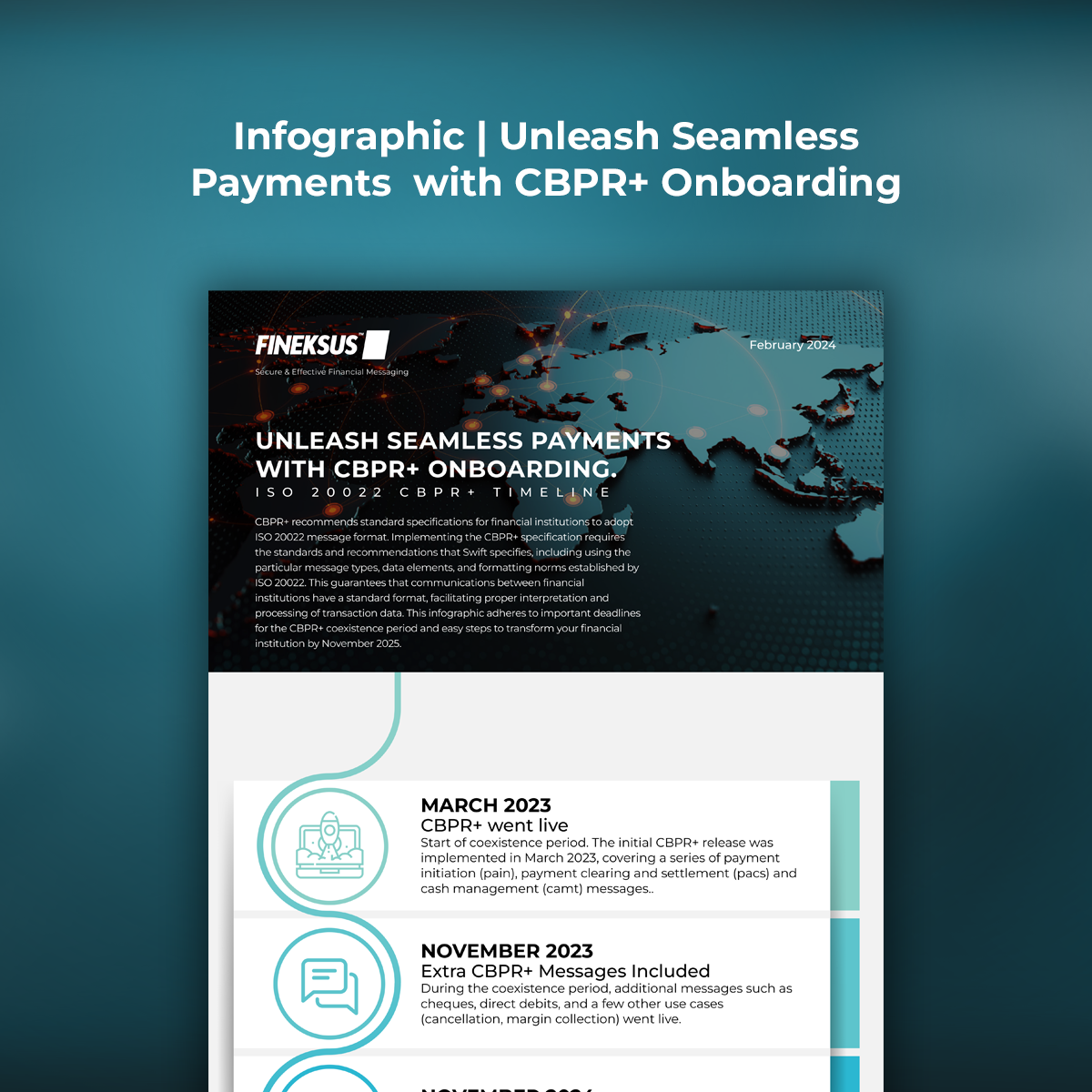
How to conduct an Adverse Media Check?
Adverse media, sometimes known as negative news, is any type of adverse information found in a wide range of news sources, including both conventional news channels and unstructured sources. The hazards of doing business with people or firms who have a negative media presence are numerous and varied. At this stage, adverse media screening services can be used.
Adverse media might originate from a variety of sources. This covers conventional news media such as newspapers in print or online, as well as broadcast news on radio and television. However, this form of material is increasingly being derived from blogs, web postings, and unstructured sources such as social feeds and unstructured forums.
Why Do You Need Adverse Media Checks?
Adverse media checks may identify money laundering, financial fraud, drug trafficking, human trafficking, financial threats, organized crime, terrorism, and other crimes.
These potential ties could endanger businesses’ reputations and can result in legal consequences, especially if the firms operate in a regulated industry which they are in many cases.
As a result, many financial institutions that are strictly regulated by KYC standards are forced to undertake negative news screening regularly to detect any suggestions or tip-offs that may help their investigations.
What is Adverse Media Screening?
Adverse media screening entails looking for negative news about a person or company. It might be part of the client onboarding KYC and AML/CFT procedure or a continuous automatic screening from a vendor database.
Due to the dynamic nature of adverse media screening, users are unable to analyze the data to discover dangers more quickly and cost-effectively.
Because obtaining facts and relevant reports can be time-consuming and costly, the process of negative media screening has become automated. Adverse media screening services providers worldwide curated adverse media content that is updated and regulated in real-time. Users can also access the database to obtain customer finances reports.
Adverse Media and a Risk-Based AML Approach
Firms must employ a risk-based approach to AML/CFT compliance by Financial Action Task Force (FATF) advice. This implies that companies must conduct risk assessments on individual customers and transactions to evaluate the amount of risk they present, and then adapt their compliance response appropriately, exposing higher-risk consumers to heightened AML/CFT inspection known as enhanced due diligence (EDD).
While there are no clear regulatory requirements for corporations to employ adverse media screening as part of the enhanced due diligence process, the FATF recommends it to effectively capture risk. The current EU money laundering directives match FATF guidelines, which suggests that good adverse media screening may inform a variety of critical AML/CFT data points, including:
- Ultimate beneficial ownership: Adverse media screening can assist in identifying the beneficial owners of shell firms and other cases of money launderers utilizing corporate structures to conceal their crimes.
- Financing of terrorist: Terrorism-related news reports coming from overseas channels provide an additional route via which financial institutions might address the possibility of individuals being involved in terrorist organizations.
- Politically Exposed Persons (PEP): News reports concerning PEPs may reveal instances of corruption or financial wrongdoing before the information is validated through formal procedures.
- Continuous monitoring: Adverse media screening should be part of a company’s ongoing customer monitoring. Real-time adverse media solutions enable businesses to detect changes in a customer’s risk profile as soon as possible, allowing them to manage concerns more effectively and quickly.

